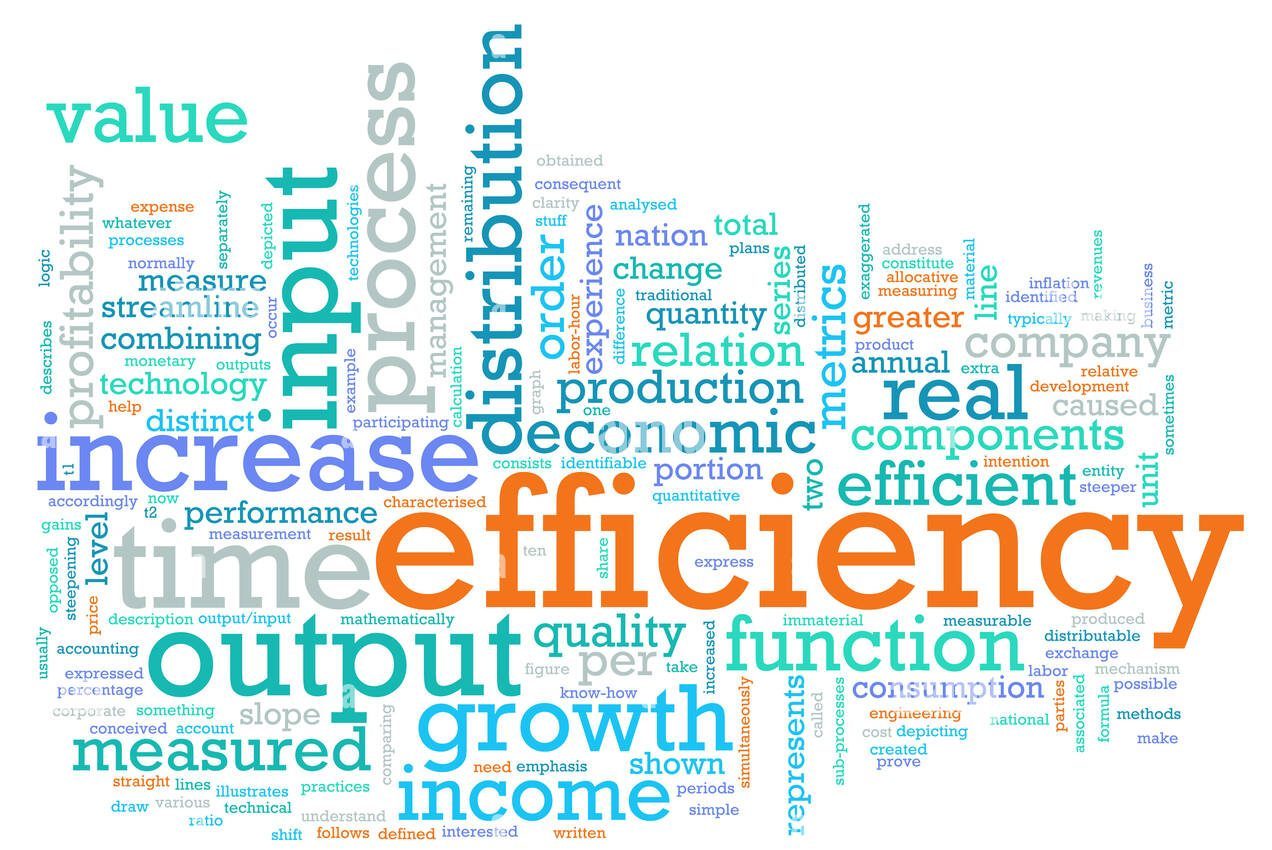
Every entrepreneur faces the tension between chasing efficiency and fostering growth. Metrics like “cost per acquisition” and “conversion rates” promise clarity, but an overreliance on these numbers can sometimes blind founders to bigger opportunities. The real art lies in knowing when to optimize and when to break free from the spreadsheet’s grip.
Eric Hannelius, CEO of Pepper Pay, has wrestled with this balance throughout his career: “Early on, I worshipped at the altar of efficiency metrics. Then I realized something dangerous. We were becoming really good at doing things that no longer mattered. Now I view metrics as headlights, not shackles.”
When Efficiency Metrics Illuminate.
Numbers tell important stories when used wisely. A sudden spike in customer service response times might reveal an overwhelmed team. A dip in manufacturing yield could indicate quality control issues. These signals help entrepreneurs direct attention where it’s needed most.
The key is selecting metrics that reflect what truly drives the business forward. A SaaS company might track how often users engage with core features rather than just login rates. A retailer could measure inventory turnover alongside sales to understand product velocity.
“Good metrics act like a compass,” says Eric Hannelius. “At Pepper Pay, we focus on three or four that reveal whether we’re delivering real value, not just moving numbers around.”
When Metrics Mislead.
The dark side of efficiency measurement emerges when numbers become targets rather than tools. Employees gamify systems to hit quotas. Innovation stalls because unproven ideas can’t meet established benchmarks. The company grows very efficient at doing the wrong things extremely well.
Eric Hannelius recalls a telling example: “We once optimized our sales funnel so thoroughly that we stopped attracting adventurous early adopters, the people who gave us crucial feedback for improvement. It took months to recognize we’d engineered out our most valuable customers.”
The Human Factor Behind the Numbers.
Behind every metric lie people making decisions. An obsession with call center efficiency might reduce handle times but increase customer frustration. Pushing production targets could boost output while eroding quality. The most insightful entrepreneurs watch both the numbers and the human behaviors they drive.
“Metrics should serve your team, not the other way around,” Eric Hannelius emphasizes. “We learned to pair every efficiency measure with a qualitative check, actually talking to customers and employees to understand the story behind the stats.”
Balancing Efficiency and Exploration.
The most successful companies maintain what might be called “disciplined curiosity”. They optimize existing operations while reserving resources for experimentation. They understand that today’s efficiency gains fund tomorrow’s breakthroughs.
A restaurant chain might streamline kitchen operations to free up capital for new menu development. A software firm could automate routine tasks to give engineers time for innovative features.
Eric Hannelius describes this approach: “We allocate about 70% of resources to core efficiency and 30% to what we call ‘exploratory bets.’ The exact ratio fluctuates, but maintaining both focuses prevents us from becoming prisoners of our own success.”
Knowing When to Break the Rules.
Truly transformative moments often defy conventional efficiency metrics. The decision to expand into new markets, develop radical products, or make strategic acquisitions rarely looks optimal on paper initially. Visionary entrepreneurs develop the judgment to know when numbers guide and when they limit.
“Some of our best decisions appeared inefficient at first,” Eric Hannelius admits. “Building our own payment infrastructure seemed costly until it became our competitive advantage. Metrics help navigate, but sometimes you need the courage to sail beyond their range.”
The Maturity of Measurement.
As companies evolve, so should their relationship with metrics. Early-stage startups might focus on survival metrics like cash runway. Growth-stage companies may prioritize customer acquisition costs. Mature organizations often emphasize retention and lifetime value.
The common thread is using numbers appropriate to the current challenge rather than defaulting to generic industry benchmarks.
“Your metrics should grow up with your company,” Eric Hannelius suggests. “What mattered when we had 100 customers became irrelevant at 10,000. The discipline lies in regularly asking whether you’re measuring what actually drives success at your current stage.”
Efficiency metrics serve entrepreneurs best when treated as helpful servants rather than demanding masters. They provide valuable feedback but should never replace human judgment about what makes a business truly thrive.
As Eric Hannelius summarizes: “Numbers tell you how the engine is running, but people decide where to drive. The wisest entrepreneurs know when to watch the gauges and when to lift their eyes to the horizon.”
For business owners navigating this balance, the approach is straightforward: measure what matters, question what you measure, and never let spreadsheets overshadow the human insights that built the business in the first place. After all, the most efficient path isn’t always the one that leads where you truly want to go.

